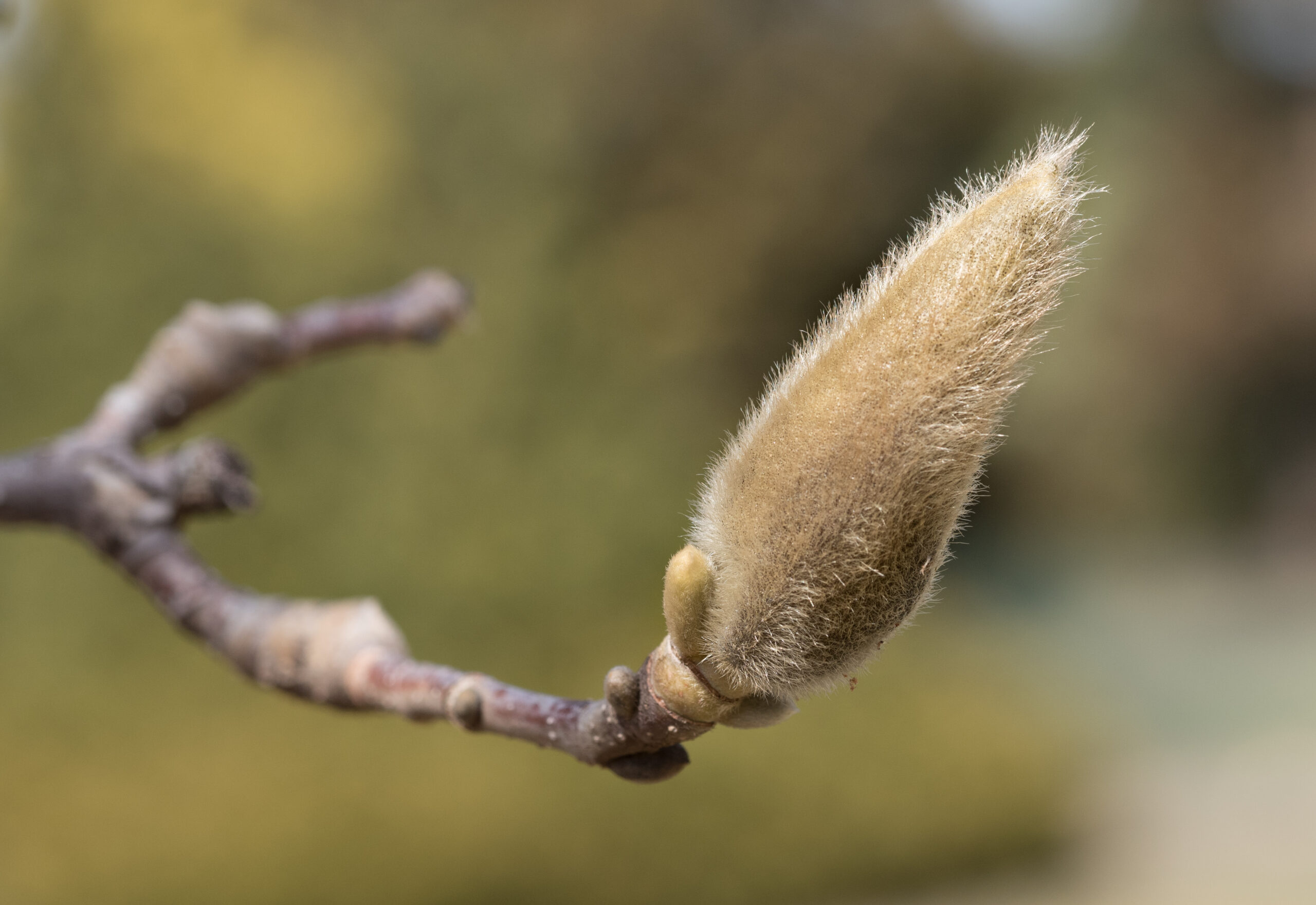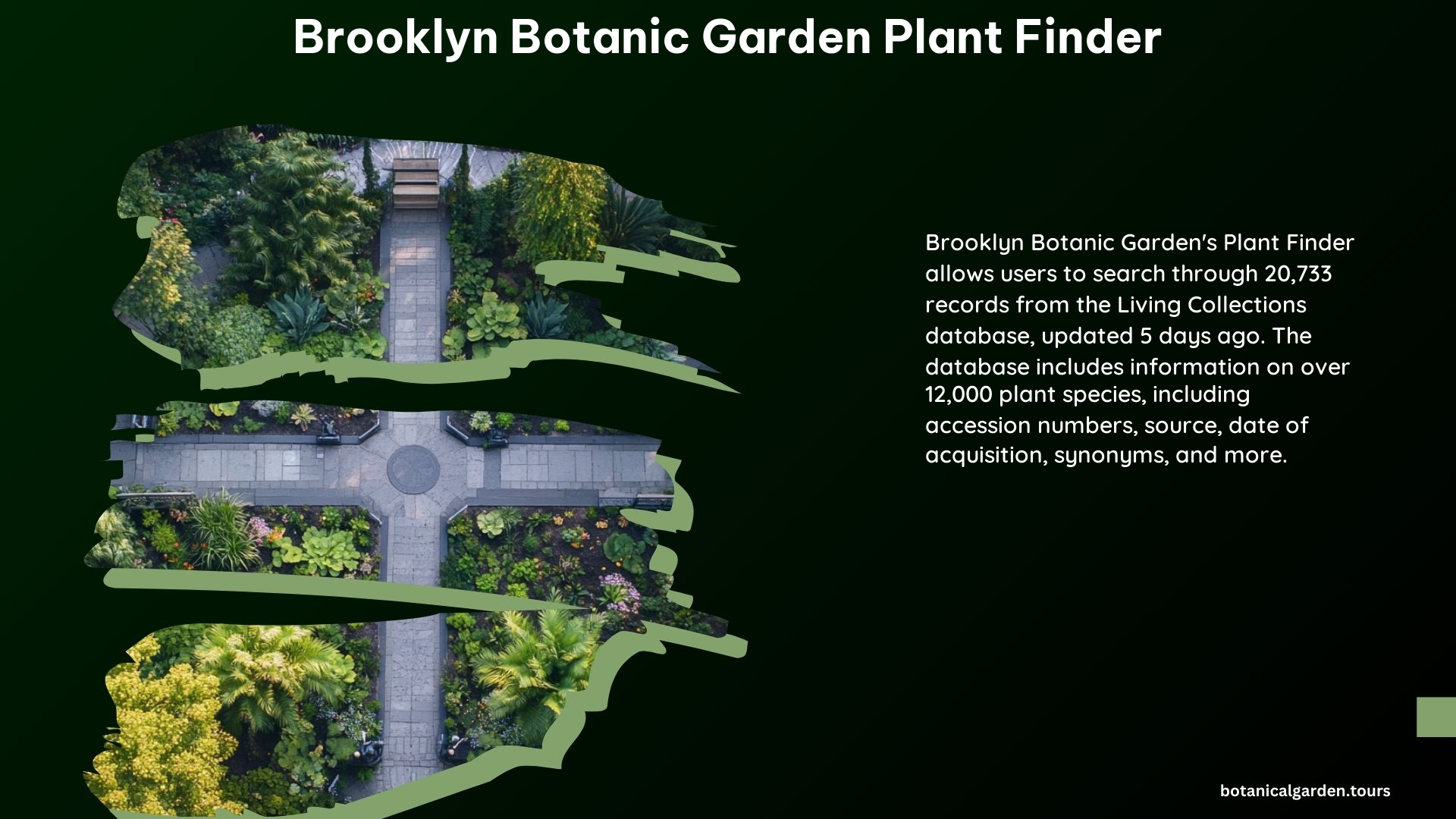The Brooklyn Botanic Garden (BBG) offers a comprehensive Plant Finder tool and Living Collections Database to help visitors explore the diverse plant species and cultivars within the garden. This resource provides detailed information on the 20,733 records of plants currently growing at the BBG, making it a valuable tool for botanical garden enthusiasts, tour planners, and anyone interested in learning more about the garden’s impressive plant collections.
What is the Brooklyn Botanic Garden Plant Finder?

The Brooklyn Botanic Garden Plant Finder is a searchable database that allows users to explore the extensive Living Collections database maintained by the garden. This database contains detailed records of most species, subspecies, varieties, hybrids, and cultivars currently grown at the Brooklyn Botanic Garden, including information such as accession numbers, source, date of acquisition, synonyms, authorities, and flowering times.
Accessing the Plant Finder and Living Collections Database

To access the Brooklyn Botanic Garden Plant Finder, visitors can visit the garden’s official website and navigate to the “Plant Finder” section. The database is regularly updated, with the latest update being just 5 days prior to the current date, ensuring that the information provided is current and accurate.
Exploring the Plant Collections
The Brooklyn Botanic Garden is home to a diverse array of plant species, with the Living Collections database containing records of over 20,000 individual plants. Visitors can use the Plant Finder to search for specific plants, browse by plant type, or explore the various plant collections and gardens within the BBG.
Seasonal Highlights
The garden features a variety of plants that bloom and thrive during different seasons. For example, during the autumn months, visitors can admire the vibrant fall colors of the Acer tegmentosum (snakebark maple) in the Plant Family Collection.
Specific Plant Examples
The Plant Finder and Living Collections database provide detailed information on a wide range of plants currently in bloom at the Brooklyn Botanic Garden. Some examples include:
- Eupatorium purpureum (Joe-pye weed) in the Water Garden
- Lagerstroemia spp. (crape-myrtle) on the Overlook
- Chasmanthium latifolium ‘River Mist’ (river oats) in the Fragrance Garden
- Ceratostigma plumbaginoides (hardy blue-flowered leadwort) in the Osborne Garden
Plant Identification Tools and Resources
In addition to the Plant Finder and Living Collections database, the Brooklyn Botanic Garden offers various tools and resources to help visitors identify and learn about the plants they encounter during their visit.
Plant Labels
Plants on public display are labeled with their common name, scientific name, cultivar or trademark name, common family name, scientific family name, native distribution information, and accession number.
BBG Library and Rare Book Room
The BBG library provides reference services and maintains a herbarium of approximately 297,000 preserved specimens, as well as a botanical library of approximately 56,500 volumes. The Rare Book Room contains a non-circulating collection of significant botanical and horticultural works, including early European herbals and landmark works by Linnaeus.
Gardener’s Help Line
The BBG also offers a Gardener’s Help Line, where visitors can receive assistance with plant identification and other horticultural questions.
Visiting the Brooklyn Botanic Garden
The Brooklyn Botanic Garden is open to visitors Tuesday through Friday, from 12:00 p.m. to 6:00 p.m. Visitors are advised to call ahead or email to confirm hours and availability before planning their visit.
Conclusion
The Brooklyn Botanic Garden Plant Finder and Living Collections Database are invaluable resources for visitors, tour planners, and anyone interested in exploring the diverse plant collections at the BBG. With detailed information on over 20,000 individual plants, as well as a variety of plant identification tools and resources, the Plant Finder helps visitors make the most of their visit and deepen their understanding of the garden’s impressive botanical offerings.
Reference:
– Brooklyn Botanic Garden Plant Finder
– Brooklyn Botanic Garden Living Collections Database
– Brooklyn Botanic Garden Library and Herbarium
